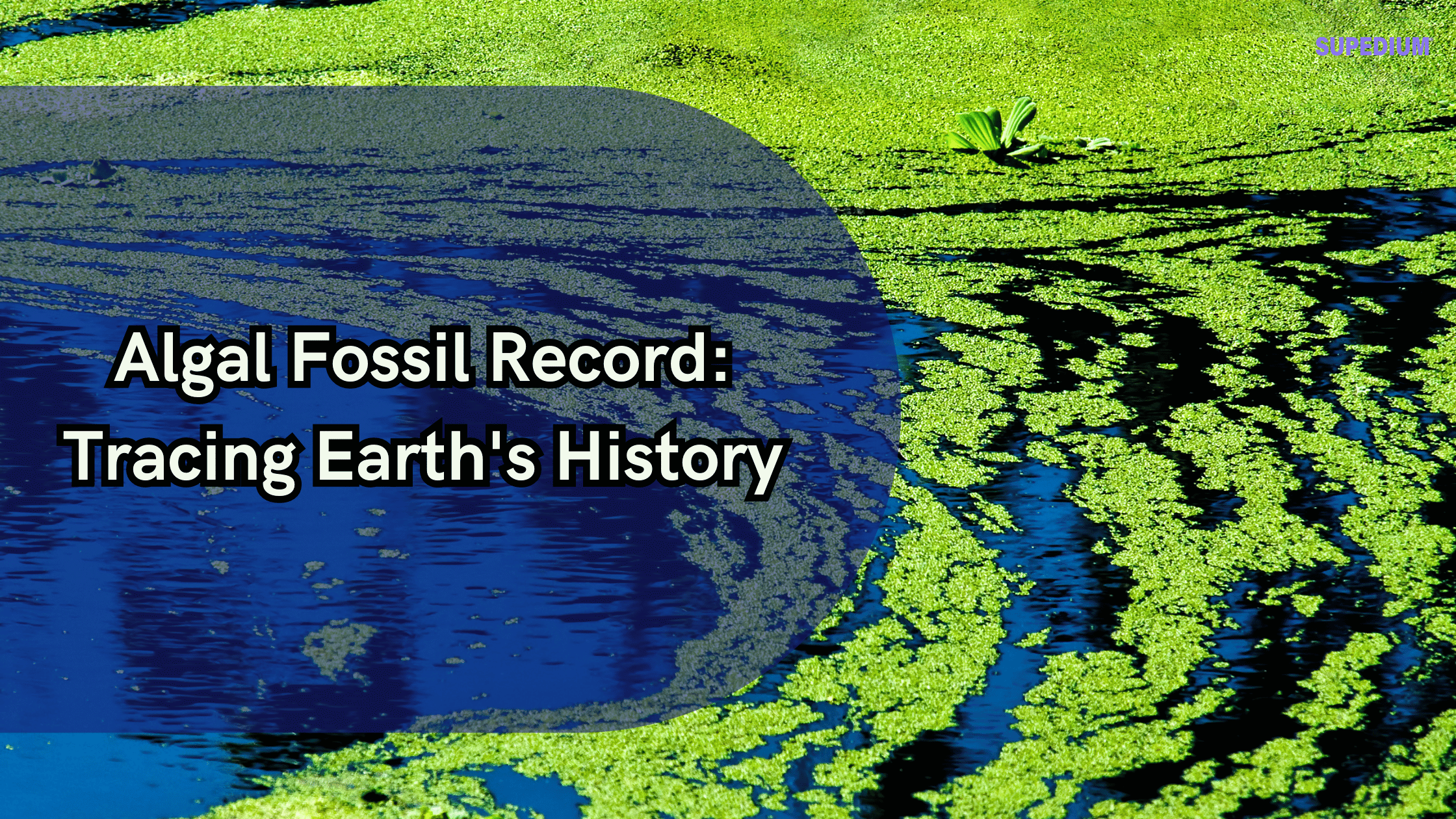Table of Contents
![]()
Introduction
Microclimates are localized atmospheric zones where the climate differs from the surrounding broader area. Unlike macroclimates, which cover large regions and are influenced by global weather patterns, microclimates are shaped by specific local factors. Understanding microclimates is crucial because they play a significant role in ecosystem health, affecting biodiversity, species interactions, and environmental management.
Components and Formation of Microclimates
Factors Influencing Microclimate Formation
Microclimates are influenced by various factors:
- Topography: The elevation, slope, and aspect of a land area can drastically alter local climate conditions. For example, valleys may trap cold air, leading to cooler temperatures compared to nearby higher elevations.
- Vegetation: Forest canopies provide shade and reduce wind speeds, creating a cooler, more stable microclimate underneath. Different types of vegetation can also affect humidity and soil moisture levels.
- Soil Composition: Soil properties, such as moisture retention and heat absorption, influence the local temperature and humidity. Dark soils absorb more heat, affecting the microclimate of an area.
- Proximity to Water Bodies: Areas near lakes, rivers, or oceans often experience milder temperatures and higher humidity due to the moderating effects of water.
- Urbanization: Urban heat islands are a classic example of human impact on microclimates. Buildings, roads, and other infrastructure absorb and retain heat, causing higher temperatures compared to surrounding rural areas.
Examples of Microclimates
- Forest Understory vs. Canopy: The forest floor often experiences cooler temperatures and higher humidity compared to the canopy layer due to reduced sunlight and moisture retention.
- Urban Heat Islands: Cities often have higher temperatures than surrounding rural areas due to the concentration of buildings and human activities that generate heat.
- Coastal vs. Inland Microclimates: Coastal areas typically have milder temperatures and higher humidity compared to inland areas, which experience more temperature extremes.
Microclimates and Ecosystem Health
Biodiversity and Habitat Suitability
Microclimates play a crucial role in determining species distribution and behavior. Different species have adapted to specific microclimate conditions, which provide the necessary resources and environmental conditions for their survival. For example, some plants and animals are specialized to thrive in the cooler, shaded conditions of a forest understory, while others are adapted to the warmer, sunlit areas of the forest canopy.
Ecological Interactions
Microclimates influence ecological interactions such as plant-pollinator relationships and predator-prey dynamics. For instance, the temperature and humidity levels within a microclimate can affect the activity levels of pollinators, which in turn impacts plant reproduction. Similarly, microclimate conditions can influence the availability of food and shelter for predators and prey, thereby affecting their interactions and overall ecosystem balance.
Climate Change and Microclimates
Climate change affects microclimates by altering temperature and precipitation patterns. Shifts in global climate can lead to changes in local microclimates, which may impact species that are adapted to specific conditions. For example, warming temperatures can lead to shifts in vegetation zones, affecting the species that depend on them. Understanding these changes is crucial for predicting how ecosystems will respond to future climate scenarios and for developing strategies to enhance their resilience.
Human Impacts on Microclimates
Urbanization and Development
Urbanization significantly alters microclimates by creating heat islands. The concentration of buildings, roads, and other infrastructure increases heat absorption and reduces natural cooling processes. This results in higher local temperatures, which can affect local ecosystems and reduce their health. Additionally, urban development can disrupt natural water cycles and increase pollution, further impacting microclimate conditions.
Agriculture and Land Use Changes
Agricultural practices and land use changes, such as deforestation and land clearing, also affect microclimates. Deforestation reduces canopy cover, leading to increased temperatures and changes in local humidity levels. Agricultural activities can alter soil composition and water availability, impacting local microclimates and ecosystems. For example, irrigation can increase humidity, while land clearing can increase temperatures and reduce habitat availability.
Conservation Strategies
To mitigate the impacts of human activities on microclimates, various conservation strategies can be employed. These include:
- Restoration of Natural Vegetation: Replanting trees and restoring natural vegetation can help recreate original microclimate conditions and support biodiversity.
- Urban Planning: Designing cities with green spaces, reflective materials, and sustainable infrastructure can help reduce the effects of urban heat islands and improve local microclimates.
- Sustainable Agriculture: Implementing practices such as agroforestry and conservation tillage can help maintain soil health and moisture levels, preserving local microclimates.
Case Studies
Tropical Rainforests
Tropical rainforests provide a prime example of the role of microclimates in ecosystem health. The dense canopy creates a unique microclimate with high humidity and stable temperatures, which supports a rich diversity of plant and animal species. Deforestation in these areas leads to increased temperatures and reduced humidity, severely impacting biodiversity and ecosystem health.
Urban Environments
Urban heat islands demonstrate the impact of human activities on microclimates. Cities experience higher temperatures due to heat absorption by buildings and pavements. Strategies such as increasing green spaces and using reflective materials have been shown to mitigate some of these effects and improve local ecosystem health.
Coastal Regions
Coastal microclimates are characterized by milder temperatures and higher humidity due to the presence of large water bodies. These conditions support diverse marine and terrestrial ecosystems. However, rising sea levels and increased storm intensity due to climate change are threatening these delicate microclimates, impacting the ecosystems that depend on them.
Research Methods and Tools
Monitoring Microclimate Conditions
To study microclimates, researchers use various instruments and technologies, including weather stations, remote sensing, and satellite imagery. These tools allow for the collection of data on temperature, humidity, wind speed, and other atmospheric conditions. Advanced data analysis techniques help in understanding the effects of microclimates on ecosystems.
Modeling Microclimate Impacts
Climate models and simulations are used to predict how changes in microclimates will affect ecosystems. These models incorporate data from various sources to forecast future conditions and assess potential impacts on biodiversity and ecosystem health.
Future Directions and Research Needs
Emerging Trends in Microclimate Research
Advances in technology and data collection are enhancing our ability to study microclimates. Interdisciplinary approaches, combining fields such as meteorology, ecology, and urban planning, are providing a more comprehensive understanding of microclimate dynamics.
Policy Implications
Integrating microclimate considerations into environmental policy is crucial for effective conservation and management. Policies that address microclimate impacts can help promote sustainable development and protect ecosystems. Future research should focus on developing strategies to mitigate the effects of climate change on microclimates and enhance ecosystem resilience.
Conclusion
Microclimates play a vital role in maintaining ecosystem health by influencing species distribution, ecological interactions, and environmental conditions. Understanding and managing these localized climate zones is essential for preserving biodiversity and ensuring sustainable environmental practices. Continued research and innovative conservation strategies are needed to address the challenges posed by human activities and climate change, ensuring the resilience and health of ecosystems worldwide.






Be the first to comment